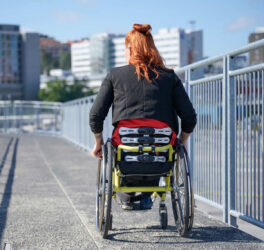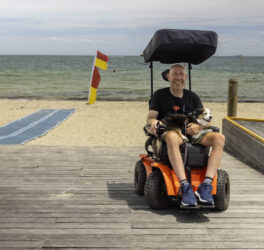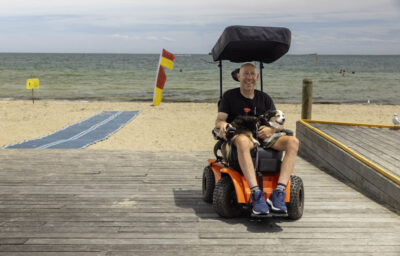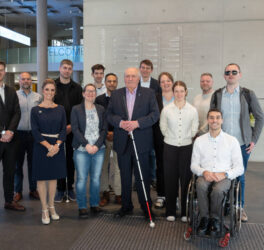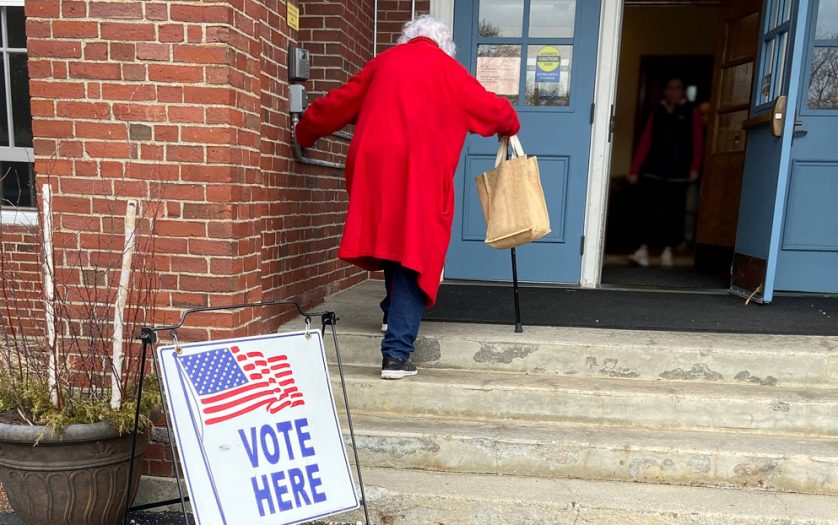
To help foster wider access to voting, the National Institute of Standards and Technology (NIST) is requesting information from the public about barriers that limit the ability of people with disabilities to vote privately and independently.
The request for information (RFI), which appears in the Federal Register, is part of NIST’s response to the March 7, 2021, Executive Order (EO) 14019 on Promoting Access to Voting. NIST will use the responses it receives to inform a report planned for December 2021 offering recommendations on how to overcome barriers that these voters experience.
“A wide spectrum of issues can create barriers to voting,” said NIST’s Sharon Laskowski, a member of the research team behind the project. “Voters with physical disabilities, for example, may have challenges with registration, or with traveling to and entering the polling place, or with filling out their ballots privately and independently. We’re looking at how technology can help remove those barriers.”
Section 7 of EO 14019 specifies that NIST will evaluate the steps needed to ensure that the online Federal Voter Registration Form — also called the National Mail Voter Registration Form — is accessible to people with disabilities. It also states that NIST will work with U.S. agencies including the Department of Justice and the Election Assistance Commission (EAC) to analyze barriers to private and independent voting for people with disabilities, including access to voter registration, voting technology, voting by mail, polling locations and poll worker training.
The effort will build on NIST’s responsibilities under the Help America Vote Act (HAVA), which Congress passed in 2002 to reform the nation’s voting process. Part of NIST’s technical support of the EAC as mandated in HAVA is research into the role of human factors (such as usability, accessibility and voter privacy) in the design and application of voting systems — including assistive technologies for voters who have disabilities, who have varying levels of literacy, and who are nonnative English speakers.
“A wide spectrum of issues can create barriers to voting. We’re looking at how technology can help remove those barriers.” —Sharon Laskowski, NIST researcher
The RFI lists 20 specific types of information NIST will consider, including: barriers people with disabilities encounter with voting by mail and registering to vote; the availability of accessible voting equipment; and issues that remain in making voting accessible. While the list covers a wide range of other topics as well, Laskowski said that the team wants information not only about those barriers that it specifies in the list, but also about those the researchers are not aware of.
“Since HAVA passed, we’ve seen progress in helping voters with disabilities vote privately and independently, but barriers to voting still exist,” Laskowski said. “We don’t presume to know what all of these barriers are, so we are posting this RFI to get as much input as possible. We want to leave no stone unturned.”
NIST will accept comments on the RFI until July 16, 2021. Comments may be submitted at www.regulations.gov by searching for NIST-2021-0003 or by email at pva-eo@list.nist.gov.

